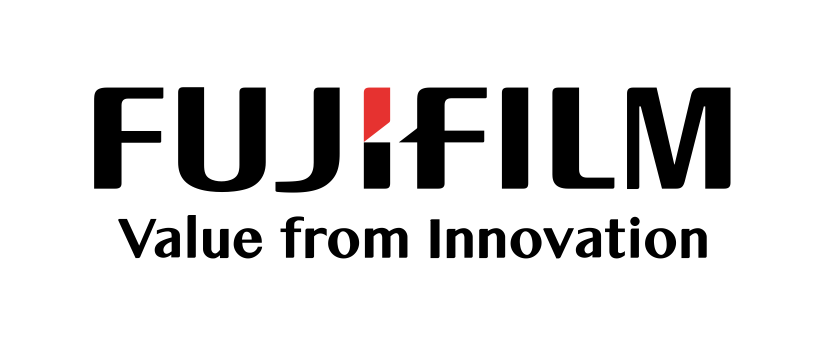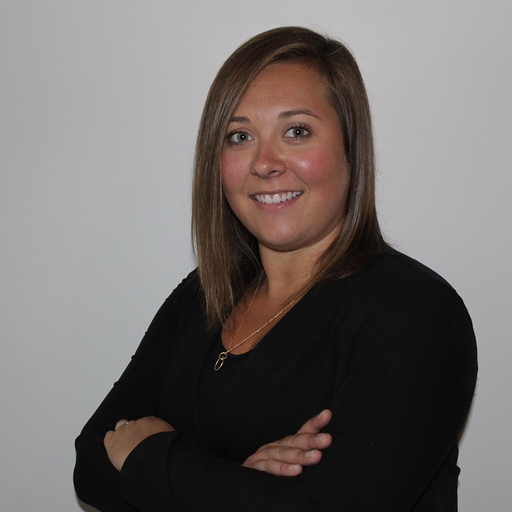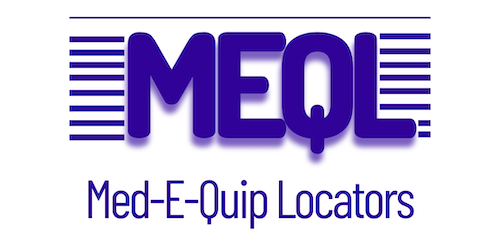Article Written By/Sourced From: Radiology Business
What a difference three years can make. In 2018 the radiologists of Tallahassee Memorial HealthCare registered a unanimous opinion: “There’s no way we’re going with Hitachi as our CT supplier.” Late 2021 finds the same tough crowd still united on the CT front. But now the group is singing from a very different sheet of music:
“How soon can we outfit all five of our CT suites with Fujifilm/Hitachi Scenaria View scanners?”
Three of these are installed so far. Two more are on the way.
The path by which the team arrived at an enthusiastic yes to Fujifilm/Hitachi CT presents an object lesson in how empirical evidence, when given the chance, can rightly triumph over preconceived notions.
Nothing Trumps Image Quality
Tallahassee Memorial HealthCare, or TMH, serves 17 counties in Florida’s Big Bend region. The system’s two emergency rooms together perform about 55,000 CT scans per year. Inpatient CT studies total close to 7,500 per year and outpatient scanners handle another 5,000. In recent years the hospital has seen its diagnostic and therapeutic service lines grow at an overall annual rate of about 8%. This is one reason its imaging stakeholders went shopping for new CT technology in 2018.
At the same time, the choosy radiologists had nothing against Hitachi—now a part of Fujifilm Healthcare—per se. They simply assumed they’d stick with a more widely familiar OEM, preferably one of medical imaging’s Big Four. Cavallo wanted broader perspective. He sent a request for proposal to six CT contenders, all of whom had a reputation for product excellence and innovation.
“Our top priority when evaluating any product for imaging is image quality,” Cavallo says. “We want to give our physicians the best images they can get to diagnose, classify or rule out disease. Overall we’re just very focused on a quality-first approach.”
Head to Head
Cavallo set up an objective image-quality competition for the six vendors. Their then-current Big Four vendor was part of that mix. Each candidate company had to submit six separate real-world cases involving six different body parts. After deidentifying vendors as well as patients, Cavallo and colleagues uploaded this data.
Equipped with hard evidence, the rads conducted side-by-side blind comparisons and, by secret ballot, ranked the contenders from best to worst for image quality. The aggregated results showed Hitachi and the incumbent vendor tied for first place.
For the final round, the acquisition team drilled down into functionality, cost and service. The outcome of this matchup surprised all but—thanks to Cavallo and colleagues’ exercise in quality quantification—dismayed none.
The clear winner: Hitachi’s, now Fujifilm’s, Scenaria CT technology.
A Partnership Blossoms
TMH’s second Scenaria, now into its run as the Scenaria View edition, was installed in the main CT department in late 2019. A third followed in early 2021, sited in the busy Bixler Trauma & Emergency Center. And the original Scenaria has been upgraded to the View generation.
“I’m very confident in the partnership we have with Fujifilm and in how that relationship will help enable us to better serve our communities,” says Cavallo. Fujifilm is at the table for X-ray, including a fleet of mobile machines, he says, and fluoroscopy may be in the mix as well.
“Fujifilm is constantly looking for feedback from us,” offers Langdon. “They ask us how they can do better and what they can do better. They’re always working to develop our partnership moving forward.”
5 Verifiable Value-Adds
Other points of post-selection product satisfaction from Cavallo, Langdon and Lasseter:
- View’s automated table also moves laterally for optimal patient positioning. This is especially helpful for orthopedics cases, and it translates to better image quality and fewer re-takes.
- The combination of the View’s technical prowess with TMH-Fujifilm human collaboration has yielded a marked decrease in contrast utilization. “This means CT scans are not only safer but also more cost-effective,” Lasseter explains.
- Fujifilm applications experts have shown TMH’s neuroimaging team how to apply an abdominal motion-correction feature to challenging head CT exams.
Family, Friends, and Neighbors
Asked what he’s most eager to achieve in his work going forward, Cavallo thinks back and digs deep.
“Healthcare impacted me at a very young age,” he tells Radiology Business. “I have a twin brother. When we were 15 years old, he had a brain tumor. Today he’s in this field too, working as a CT manager. The experience we went through all those years ago helps me see things from the point of view of the patient and the family. And that’s every day, no matter what frustrations or challenges my workday might bring.”
“I find it very gratifying to see the ways Fujifilm is helping Tallahassee Memorial save and improve lives in our Big Bend community.”
Langdon seconds that. “We’re giving physicians in the community important diagnostic data they need to give our patients a better quality of life,” he says. “It means a lot to be here doing what we do so that people don’t have to leave the area to receive quality care.”
Learn more about Fujifilm on the OpenMarkets Exchange today!






